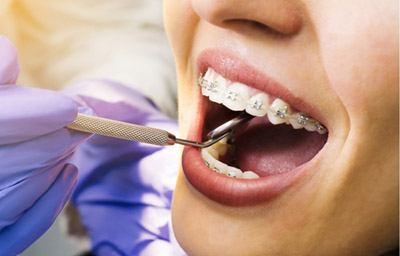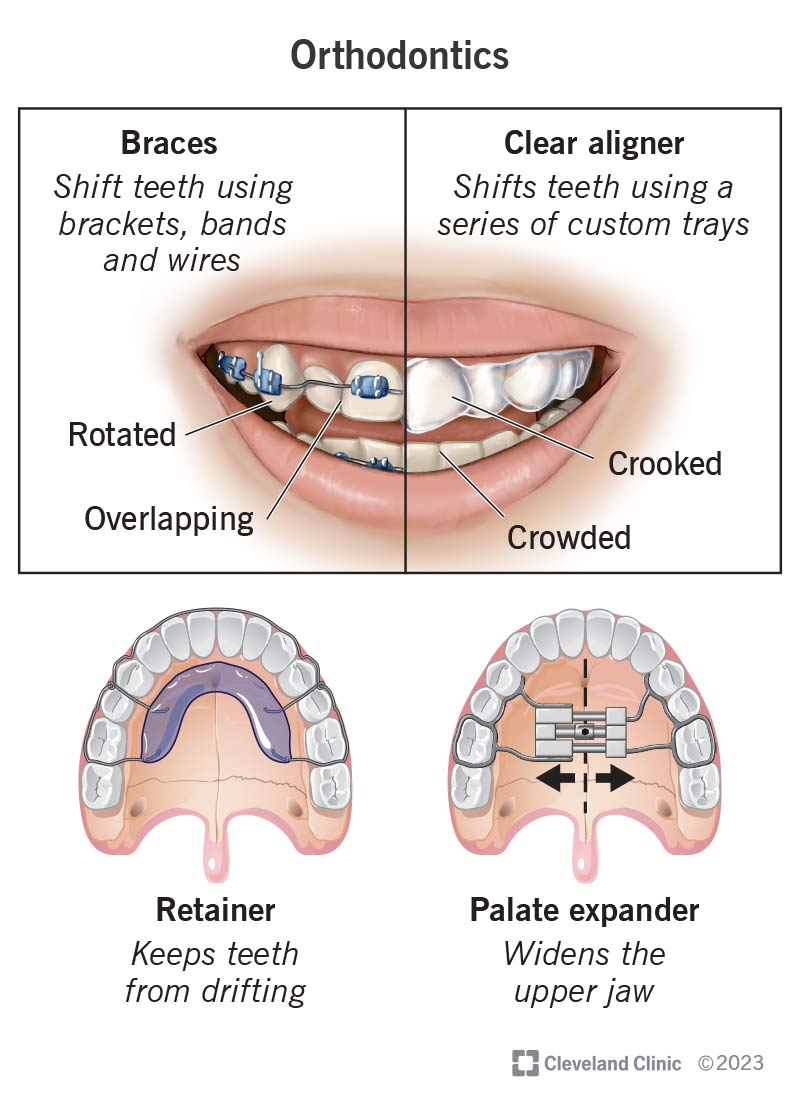Some Ideas on Causey Orthodontics You Need To Know
Wiki Article
Not known Facts About Causey Orthodontics
Table of ContentsCausey Orthodontics - The FactsA Biased View of Causey OrthodonticsCausey Orthodontics Fundamentals ExplainedThe Basic Principles Of Causey Orthodontics Some Known Questions About Causey Orthodontics.
Disregarding occlusal relationships, it was typical to remove teeth for a variety of dental issues, such as malalignment or overcrowding. The idea of an undamaged teeth was not commonly valued in those days, making bite connections seem unnecessary. In the late 1800s, the concept of occlusion was necessary for creating reliable prosthetic substitute teeth.As these principles of prosthetic occlusion advanced, it became an invaluable device for dental care. It was in 1890 that the work and impact of Dr. Edwards H. Angle began to be felt, with his contribution to modern-day orthodontics especially significant. Originally concentrated on prosthodontics, he taught in Pennsylvania and Minnesota prior to routing his focus towards oral occlusion and the therapies required to maintain it as a regular problem, hence ending up being called the "papa of contemporary orthodontics".

The idea of optimal occlusion, as postulated by Angle and integrated into a category system, allowed a change towards dealing with malocclusion, which is any kind of deviation from normal occlusion. Having a complete collection of teeth on both arcs was extremely looked for after in orthodontic therapy as a result of the requirement for specific connections in between them.
Not known Facts About Causey Orthodontics
As occlusion ended up being the essential concern, facial proportions and visual appeals were disregarded - family orthodontics. To accomplish ideal occlusals without using external pressures, Angle postulated that having perfect occlusion was the most effective means to acquire optimal face aesthetics. With the death of time, it ended up being fairly evident that even a phenomenal occlusion was not suitable when considered from a visual perspectiveCharles Tweed in America and Raymond Begg in Australia (who both examined under Angle) re-introduced dental care extraction right into orthodontics during the 1940s and 1950s so they might improve face esthetics while likewise guaranteeing much better security concerning occlusal relationships. In the postwar duration, cephalometric radiography started to be made use of by orthodontists for gauging modifications in tooth and jaw setting caused by development and therapy. It came to be noticeable that orthodontic treatment could change mandibular advancement, bring about the development of functional jaw orthopedics in Europe and extraoral force steps in the US. Nowadays, both functional devices and extraoral devices are used around the world with the goal of changing growth patterns and forms. As a result, going after real, or at the very least enhanced, jaw partnerships had actually become the major objective of therapy by the mid-20th century.
An Unbiased View of Causey Orthodontics
 The American Journal of Orthodontics was produced for this function in 1915; prior to it, there were no clinical goals to adhere to, nor any kind of exact category system and braces that lacked attributes. Until the mid-1970s, braces were made by wrapping steel around each tooth. With advancements in adhesives, it ended up being feasible to rather bond steel brackets to the teeth.
The American Journal of Orthodontics was produced for this function in 1915; prior to it, there were no clinical goals to adhere to, nor any kind of exact category system and braces that lacked attributes. Until the mid-1970s, braces were made by wrapping steel around each tooth. With advancements in adhesives, it ended up being feasible to rather bond steel brackets to the teeth.This has actually had meaningful effects on orthodontic treatments that are carried out frequently, and these are: 1. Proper interarchal partnerships 2. Right crown angulation (idea) 3.
The advantage of the design hinges on its brace and archwire combination, which requires just marginal cable bending from the orthodontist or clinician (best orthodontist). It's aptly called hereafter feature: the angle of the slot and density of the brace base inevitably figure out where each tooth is located with little demand for additional manipulation
An Unbiased View of Causey Orthodontics
Both of these systems employed similar braces for each tooth and demanded the flexing of an archwire in 3 airplanes for situating teeth in their desired settings, with these bends determining supreme placements. When it pertains to orthodontic appliances, they are divided right into 2 kinds: removable and fixed. Removable devices can be taken on and off by the client as needed.
Hence, nearly all modern-day fixed devices can be thought about variations on this edgewise home appliance system. Early 20th-century orthodontist Edward Angle made a major payment to the world of dental care. He created four distinct device systems that have been utilized as the basis for lots of orthodontic treatments today, disallowing a couple of exceptions.
8 Simple Techniques For Causey Orthodontics

The cord finished in a string, and to move it forward, an adjustable nut was utilized, which enabled for an increase in circumference. By ligation, each private tooth was connected to this large archwire (emergency orthodontist near me). Because of its restricted range of movement, Angle was not able to accomplish accurate tooth positioning with an E-arch
These tubes held a soldered pin, which might be repositioned at each visit in order to move them in position. Called the "bone-growing appliance", this contraption was theorized to encourage healthier bone growth due to its capacity for moving pressure directly to the roots. Nonetheless, implementing it showed frustrating in truth.
Report this wiki page